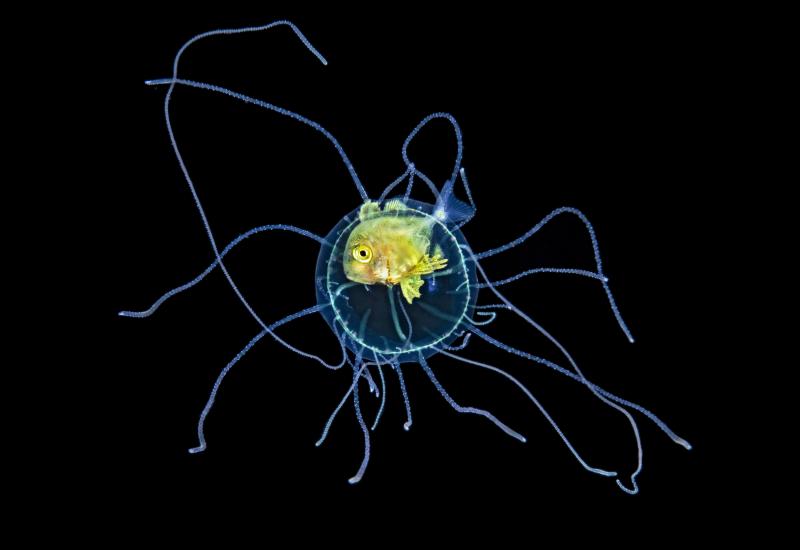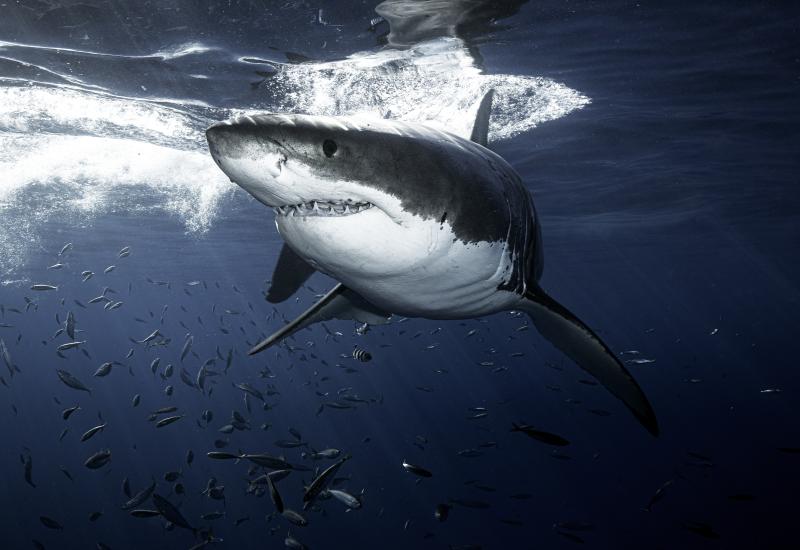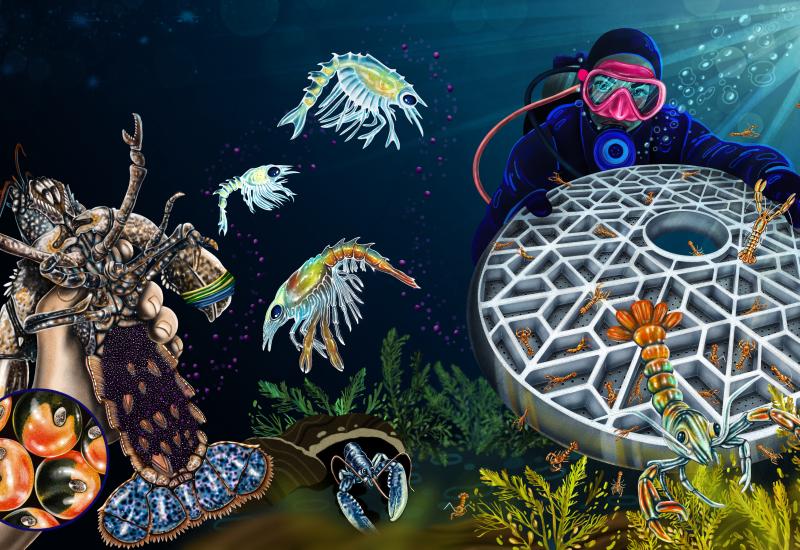Divers Guide to Marine Life: Whale Shark (Rhincodon Typus)

Whale shark (Rhincodon typus)
This is the largest living shark and the biggest fish in the ocean.
Click HERE for more fun shark facts!
Mary O'Malley
Whale shark (Rhincodon typus)
•Conservation status: IUCN Red Listed as ‘Vulnerable’; listed on CITES (Convention on International Trade in Endangered Species) Appendix II, restricting the international trade of this species.
•In Asia, they are sometimes called ‘Tofu Shark’ because of the soft consistency of their flesh.
•They are easily identified by their large size, huge, blunt head, large mouth and a distinct checkerboard pattern of spots with horizontal and vertical stripes on the body.
•This species in found all over the world in tropical and warm temperate waters; they migrate huge distances; for example, migrating more than 13,000 kilometers (~ 8,077 miles) from Mexico to Tonga, across the Pacific Ocean. They also frequent shallow waters near estuaries and river mouths.
•They may live to be 60 to100 years old; and, at maturity, carry up to 300 embryos.
•One of only three filter feeding shark species – along with basking sharks and megamouth sharks; they feed on plankton comprised of small fishes such as sardines, anchovies, and juvenile tunas and albacore), small crustaceans and squids.
•This is the largest living shark and the biggest fish in the ocean.
•Where they migrate and then aggregate, sometimes in the hundreds – returning annually to the same sites, these gentle giants provide popular dive ecotourism destinations in Belize, Mexico, Western Australia and the Seychelles.
•Individual whale sharks can be identified by the spot pattern above the gills and before the pectoral fins. Based on these distinct patterns, there is a growing, global database of pictures submitted by recreational divers to track the animals’ locations and migrations.
Information provided by the SharksCount program. Find out more about citizen science for sharks at www.sharksavers.org/sharkscount.
Click HERE to see the full list of sharks.

Mary O'MalleyThis is the largest living shark and the biggest fish in the ocean.
Click HERE for more fun shark facts!
Whale shark (Rhincodon typus)
• Conservation status: IUCN Red Listed as ‘Endangered’; listed on CITES (Convention on International Trade in Endangered Species) Appendix II, restricting the international trade of this species.
• In Asia, they are sometimes called ‘Tofu Shark’ because of the soft consistency of their flesh.
• They are easily identified by their large size, huge, blunt head, large mouth and a distinct checkerboard pattern of spots with horizontal and vertical stripes on the body.
• This species in found all over the world in tropical and warm temperate waters; they migrate huge distances; for example, migrating more than 13,000 kilometers (~ 8,077 miles) from Mexico to Tonga, across the Pacific Ocean. They also frequent shallow waters near estuaries and river mouths.
• They may live to be 60 to100 years old; and, at maturity, carry up to 300 embryos.
• One of only three filter feeding shark species – along with basking sharks and megamouth sharks; they feed on plankton comprised of small fishes such as sardines, anchovies, and juvenile tunas and albacore), small crustaceans and squids.
• This is the largest living shark and the biggest fish in the ocean.
• Where they migrate and then aggregate, sometimes in the hundreds – returning annually to the same sites, these gentle giants provide popular dive ecotourism destinations in Belize, Mexico, Western Australia and the Seychelles.
• Individual whale sharks can be identified by the spot pattern above the gills and before the pectoral fins. Based on these distinct patterns, there is a growing, global database of pictures submitted by recreational divers to track the animals’ locations and migrations.
Information provided by the SharksCount program. Find out more about citizen science for sharks at www.sharksavers.org/sharkscount.
Click HERE to see the full list of sharks.










